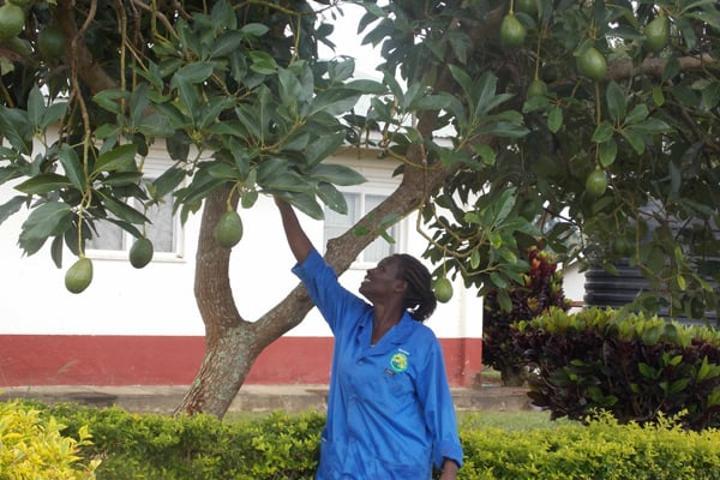Africa-Press – Cape verde. Properly planted fruit trees enhance the aesthetics of your garden and provide you with a bountiful harvest year after year.
By avoiding common planting errors, you can ensure the health and productivity of your trees, leading to a successful harvest. Proper planting techniques ensure that the tree has a strong root system, access to essential nutrients, and adequate space to grow.
Planting at the wrong time of year
Planting your fruit trees at the right time of year is crucial for their long-term success. Choosing the best planting time can make a significant difference in how well your trees establish themselves. In general, at the beginning of the rainy season is ideal times for planting fruit trees. This allows them to settle in before extreme temperatures hit and minimises stress on the young saplings.
Choosing incorrect species
Each type of fruit tree requires specific temperatures and weather conditions to thrive. So, before making your selection, take into account your region’s average temperatures throughout the year and research which fruit trees are best suited for your specific climate zone.
When planting fruit trees, it is crucial to choose the right species for your climate. If you live in a cold climate, opt for hardy fruit tree varieties such as apples or cherries that can withstand frost.
In warmer regions, consider tropical fruits such as mangoes or avocados that thrive in hot temperatures. It is essential to ensure that the fruit trees you choose have the best chance of thriving and producing a bountiful harvest in your particular environment.
Planting trees too deep
Many farmers make the common mistake of planting trees too deep. The depth at which a tree is planted can impact its growth and overall health.
When a tree is buried too deeply, it can suffocate the plant roots and hinder proper development. To avoid this error, always ensure that the sapling’s root flare sits slightly above ground level after planting.
This allows for adequate oxygen exchange for the roots and prevents issues like rotting or stunted growth. Remember, trees need to breathe just as much as they need water and sunlight.
Overcrowding tree saplings
Overcrowding tree saplings is a common mistake that can lead to poor fruit production.
Each tree needs space to spread its roots and branches without competing with neighboring trees for resources such as sunlight, water, and nutrients. When trees are crowded together, they may not receive adequate airflow, which can increase the risk of diseases spreading among them.
To avoid overcrowding, follow the spacing guidelines recommended for the specific type of fruit tree you are planting. When planting fruit trees, one common mistake that can have detrimental effects is neglecting proper hole preparation. The hole you dig for your tree sets the foundation for its growth and overall health.
Using excessive fertilisers
For caring for your fruit trees, it is essential to strike the right balance with fertilisers. While nutrients are crucial for healthy growth, using too much can actually harm your trees rather than help them thrive.
When feeding your fruit trees, it’s important to follow the recommended tips and not overdo it. Before applying any fertiliser, consider conducting a soil test to determine what specific nutrients your trees may need.
Skimping on mulching
When you skimp on mulching, you expose your trees to harsh conditions. Think of mulch as sunscreen for your plants—they need that extra protection layer from the elements.
Mulch regulates temperature fluctuations, keeping those roots happy and healthy. Do not leave your trees thirsty and exposed. By neglecting proper mulching techniques or not applying enough mulch, you are leaving your fruit trees vulnerable to stress from fluctuating temperatures and competing weeds that can rob essential nutrients from the soil.
Pests
Pests can wreak havoc on your trees, damaging leaves, fruits, and even the tree itself. Some common pests to watch out in fruit trees for include aphids, caterpillars, and mites. To keep these critters at bay, consider implementing natural remedies such as introducing beneficial insects or using neem oil spray. To prevent this issue, it’s essential to inspect your trees regularly for signs of pest infestation. Implementing natural pest control methods such as beneficial insects or organic sprays can help keep these unwanted visitors at bay.
Regular pruning
Neglecting regular pruning can have detrimental effects on your fruit trees. When you fail to prune them regularly, branches can become overcrowded in the plants, leading to an increased risk of disease.
Pruning is essential for shaping the tree’s growth and promoting optimal fruit production. By removing dead branches, you allow the tree to focus its energy on healthy fruit plants.
For More News And Analysis About Cape verde Follow Africa-Press






